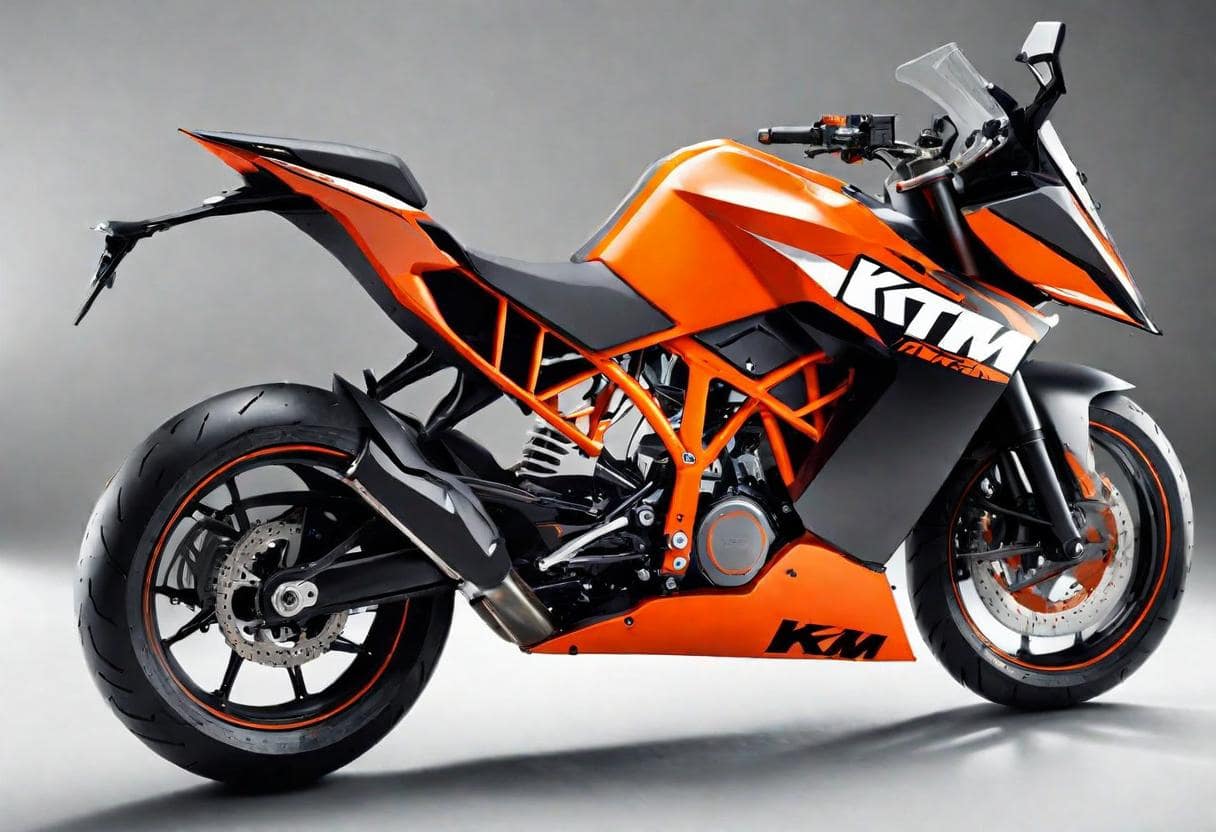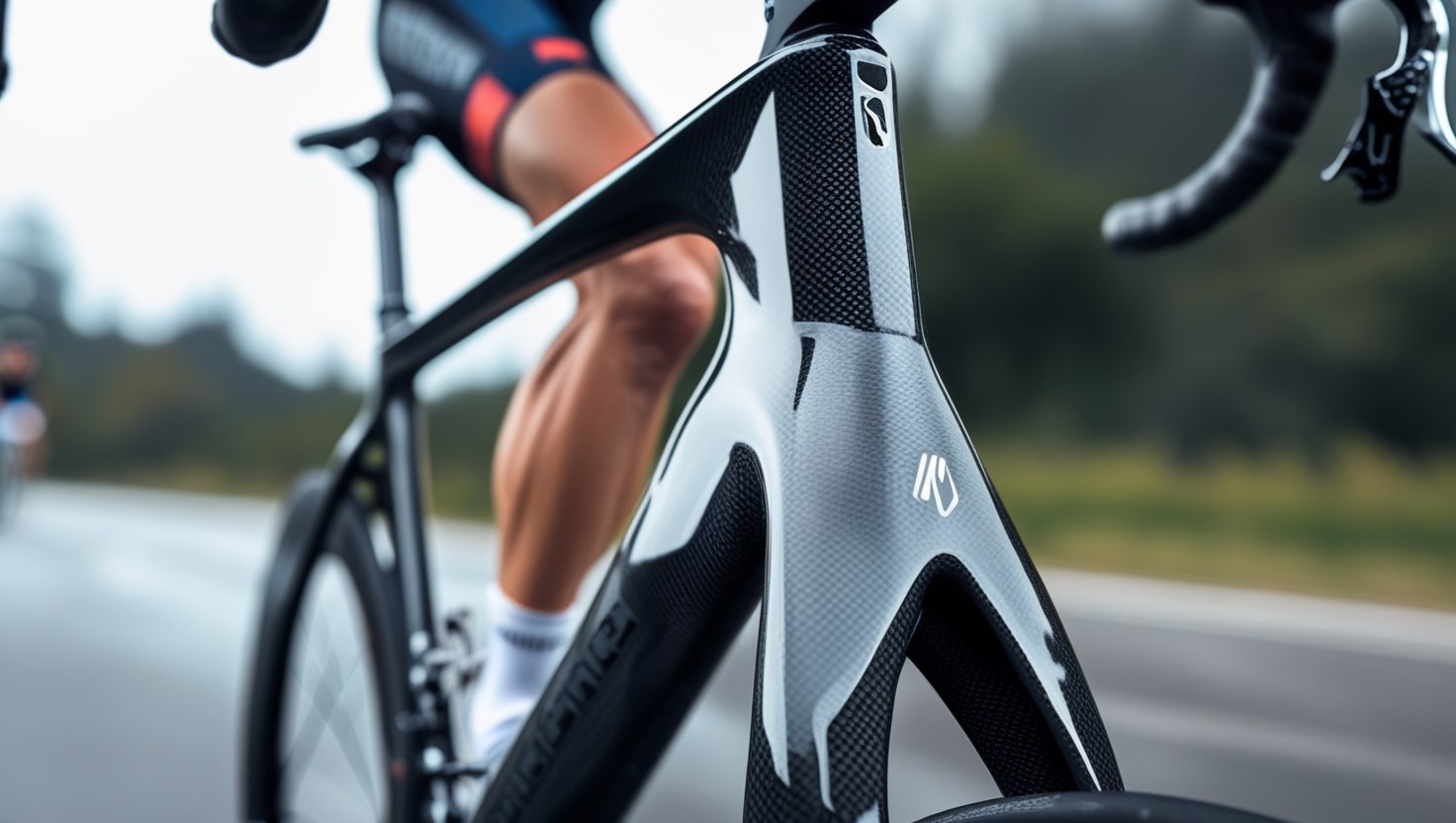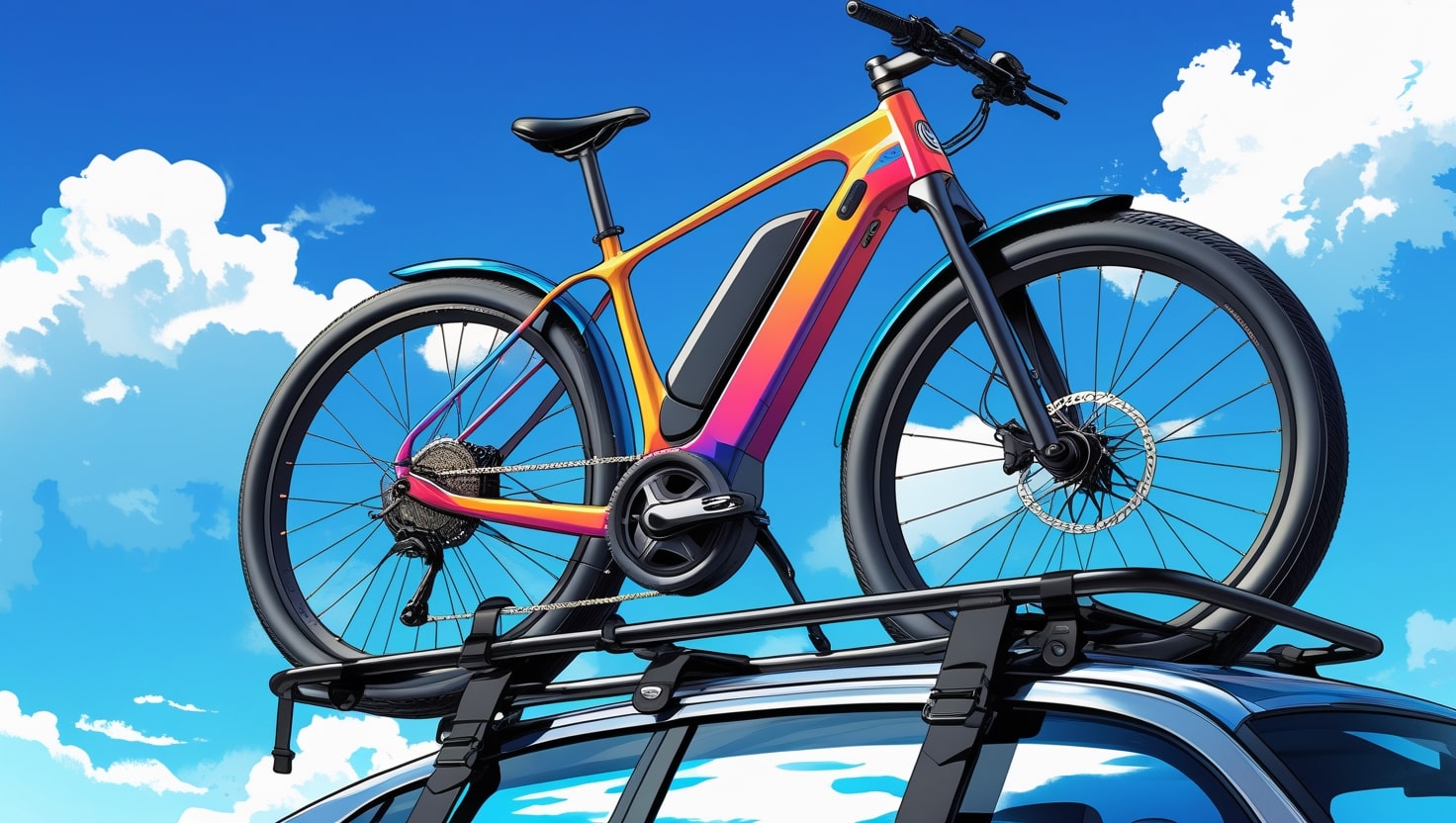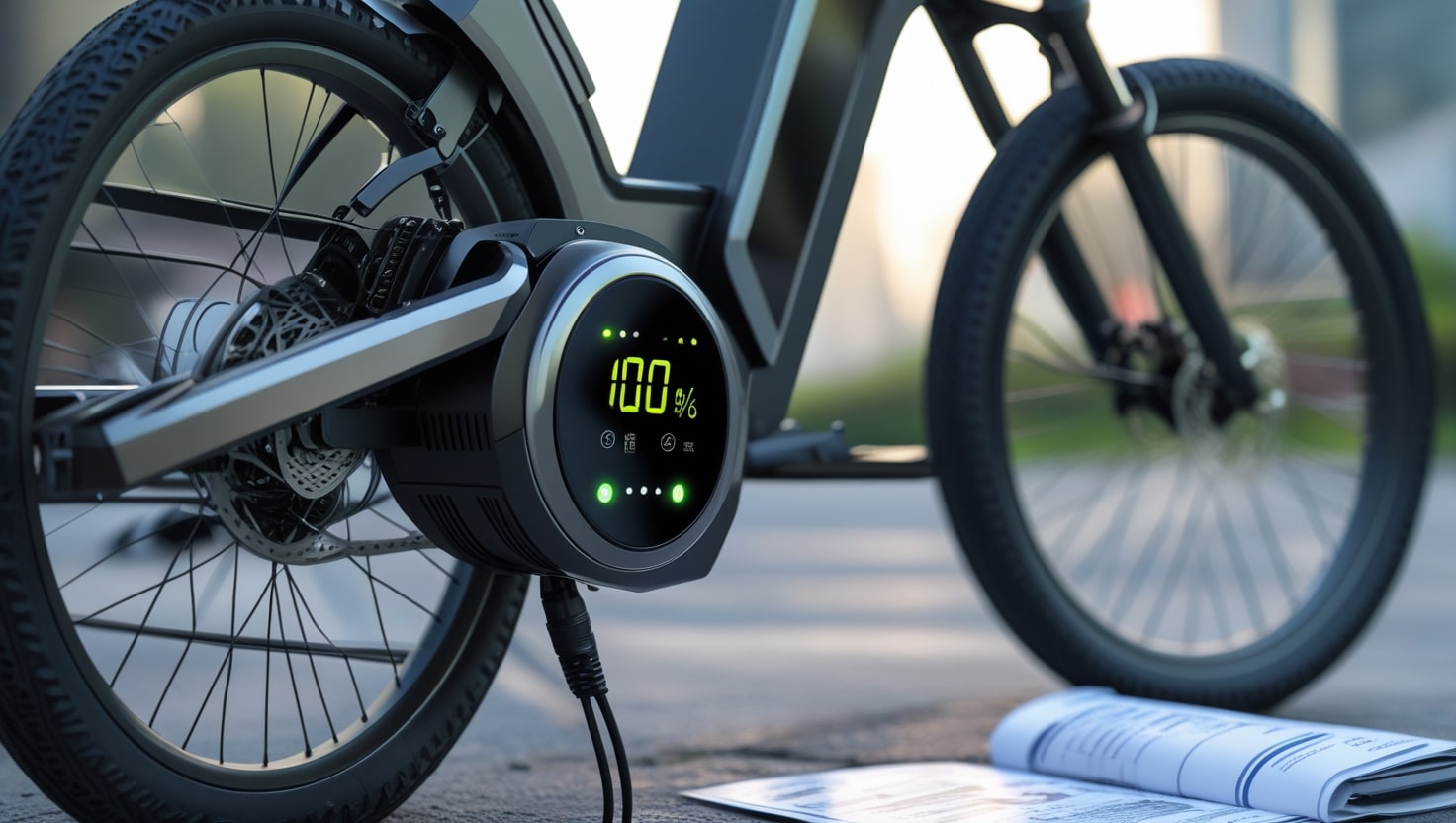An Austrian Passion Since 1934
In the heartland of the Austrian motorcycle industry, few brands have captured the imagination like KTM. Back when I first learned about its story, what struck me was the sheer passion and hard work that built its reputation. You could feel it in every frame—each model crafted by a manufacturer who didn’t just want to build motorcycles, but redefine them.
Over the years, KTM’s journey has been nothing short of legendary, turning a local effort into a name of prominence across the nation and beyond. Their relentless drive toward top-quality and innovative design didn’t just follow trends—it set them. From the very beginning, KTM’s rise wasn’t about luck.
Origin Story
The story of KTM begins in 1934, when Hans Trunkenpolz, an Austrian engineer, opened a small repair shop in Mattighofen, Austria. At first, it was just a dealership for DKW motorcycles and Opel cars, but soon the company started to grow. Though the name Kraftfahrzeug Trunkenpolz Mattighofen wasn’t officially registered at the time, the vision was clear: to build something bigger. From a modest corner shop, this family-run garage would eventually incorporate full-scale production of its own motorcycles—a bold move in a growing market that demanded precision, quality, and heart.
In 1953, after nearly two decades of determination, KTM made its mark with the mass production of its first motorcycle, the R100. I still remember reading about the breakthrough and thinking how smart it was that businessman Ernst Kronreif had acquired a major stake in the start-up, helping to stabilize and expand the business. This partnership led to the renaming and registering of the brand as Kronreif & Trunkenpolz Mattighofen, giving it the push it needed to scale up in the motorcycle world.
But success doesn’t come without setbacks. After three decades of triumph in the motorcycle industry, KTM hit a wall during the 1980s. Fortunes declined as sales of mopeds and scooters dropped dramatically. The company struggled to recover, and under severe financial pressure, was eventually forced to halt production. A take-over by creditors followed in 1991, and KTM was split into four units: motorcycles, radiators, bicycles, and tooling divisions.
Still, the story didn’t end there. In 1992, the motorcycle division was acquired by KTM Motorrad GmbH, later known as KTM AG, and success followed once more. Today, with strong management, KTM has risen from bankruptcy, offering high-quality products with unmatched reliability and performance on both road and off-road surfaces.
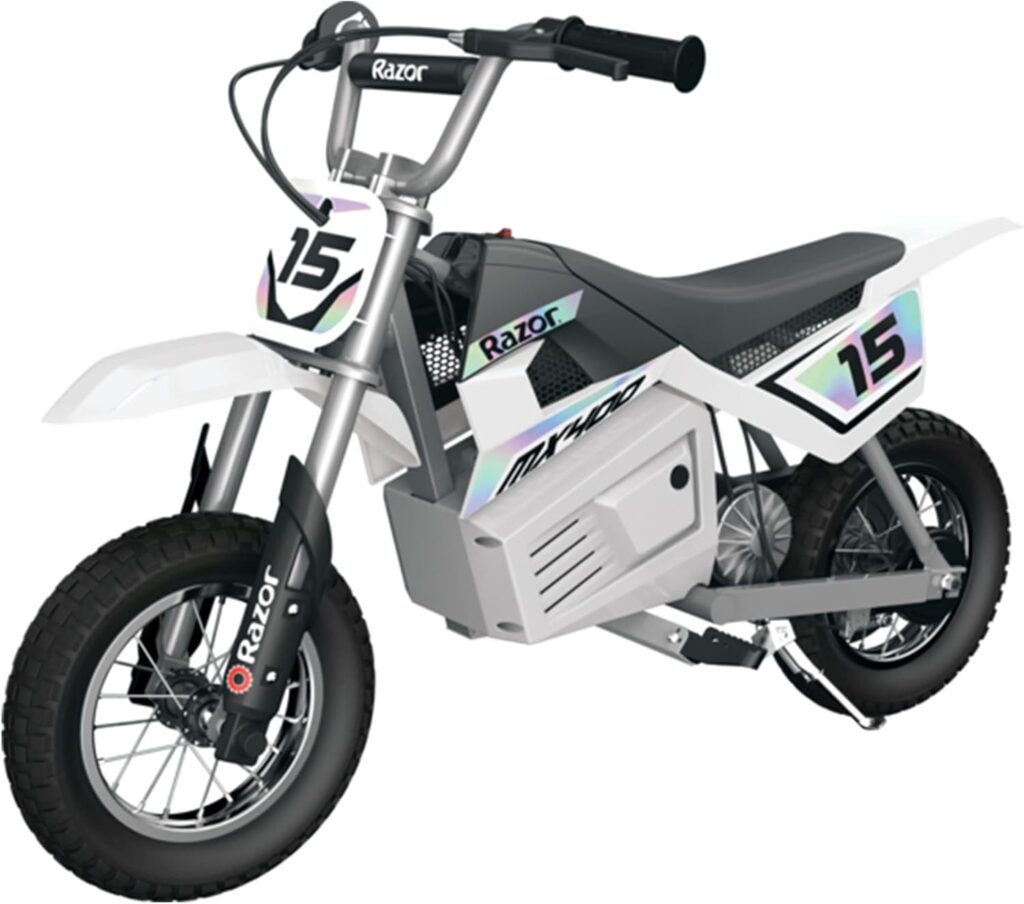
History
The history of KTM is a powerful example of what happens when passion meets purpose. From its early beginnings to today’s global presence, KTM’s journey has been shaped by steady progress and defining milestones. What I find most inspiring is how their motorcycles reflect not just engineering, but a constant desire for growth and bold development. It’s not just about machines—it’s about always exploring new horizons and pushing toward bigger goals. That spirit of continued, even rapid, innovation is what sets KTM apart, and you can feel it in every ride.
The Early Years
1934: In 1934, Hans Trunkenpolz, an Austrian engineer, opened a small repair and car dealership called Kraftfahrzeug Trunkenpolz Mattighofen. This humble garage would later evolve into something far bigger than anyone imagined.
1937: By 1937, Hans Trunkenpolz expanded the company, selling DKW motorcycles and Opel cars and adding more to the inventory in 1938. At this point, the business was still unregistered yet steadily growing.
1939 to 1945: From 1939 to 1945, during World War II, Trunkenpolz’s wife managed the business, which was succeeding largely due to diesel engine repairs. These war years tested many but pushed the company’s resilience.
1951: After the war ended, with demand for repair works falling, Hans Trunkenpolz turned to manufacturing his motorcycles, aiming to boost production. In 1951, using Rotax engines made by Fichtel & Sachs, he produced his first motorcycle prototype, the R100.
1953: Just two years later, in 1953, mass production of the R100 began. With 20 employees building three motorcycles per day, mostly with parts produced in-house (except the Rotax engines), KTM’s story was officially rolling forward.
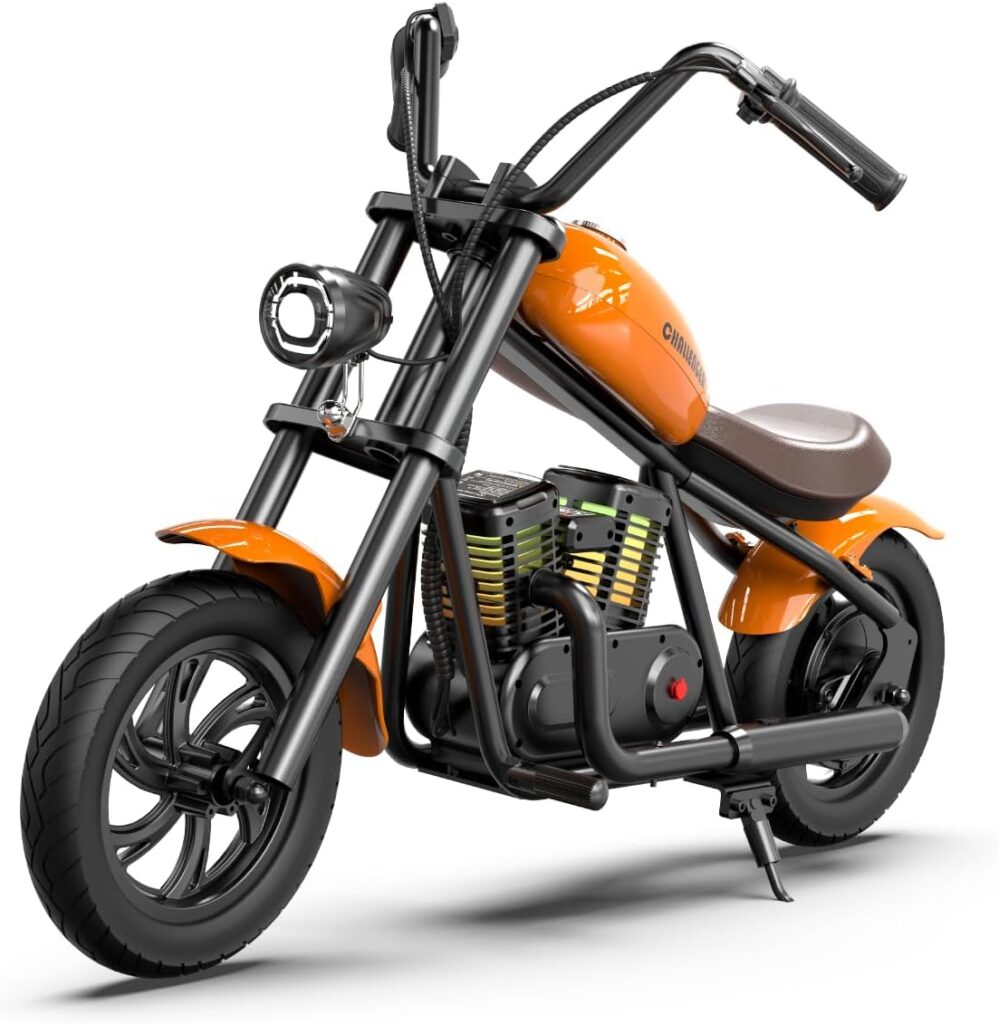
KTM 1953 to 1991
1953: In 1953, entrepreneur Ernst Kronreif purchased a majority stake in the company, which was then renamed Kronreif & Trunkenpolz Mattighofen and officially registered, setting the stage for KTM’s next chapter.
1954: The company released the R125 Tourist motorcycle, followed by the Grand Tourist and Mirabell scooter in 1955. KTM also claimed its first racing title, becoming victorious in the Austrian 125cc national championship.
1956: KTM made its debut at the International Six Days Trials, an off-road competition where motorcycle racing met endurance, and won a gold medal with Egon Dornauer.
1957: By 1957, KTM began producing sports motorcycles like the Trophy 125cc and the Mecky mopeds, building its image as a performance brand.
1960 to 1963: Between 1960 and 1963, KTM launched the Pony I, Pony II (in 1962), and Comet. During the 1960s, it also entered bicycle production, widening its product line.
Following the deaths of Ernst Kronreif (in 1960) and Hans Trunkenpolz (from a heart attack in 1962), the company’s future was taken over by Erich Trunkenpolz, who assumed control of the management.
1971: By 1971, the company had expanded to 400 employees. Four decades after its founding, KTM was offering 42 models and had produced motors for racing teams. In the 1970s and 1980s, KTM also developed engines and radiators for European car manufacturers.
1978: In 1978, KTM established its US subsidiary, KTM North America Inc., in Lorain, Ohio, expanding its reach globally.
1980: The company name was officially changed to KTM Motor-Fahrzeugbau KG in 1980, marking a new era in branding.
1981: KTM reached a milestone with 700 employees, a turnover of 750 million schillings, and 76% of revenue coming from international business.
1988: Trouble hit in the 1980s when scooter and moped sales plummeted, forcing a halt in production by 1988.
1990: In 1990, GIT Trust Holding, an Austrian investment trust led by politician Josef Taus, acquired a 51% interest in the company, but attempts to revive the indebted brand were unsuccessful.
1991: By 1991, a consortium of creditor banks took control of KTM as the company continued to struggle under heavy debt.
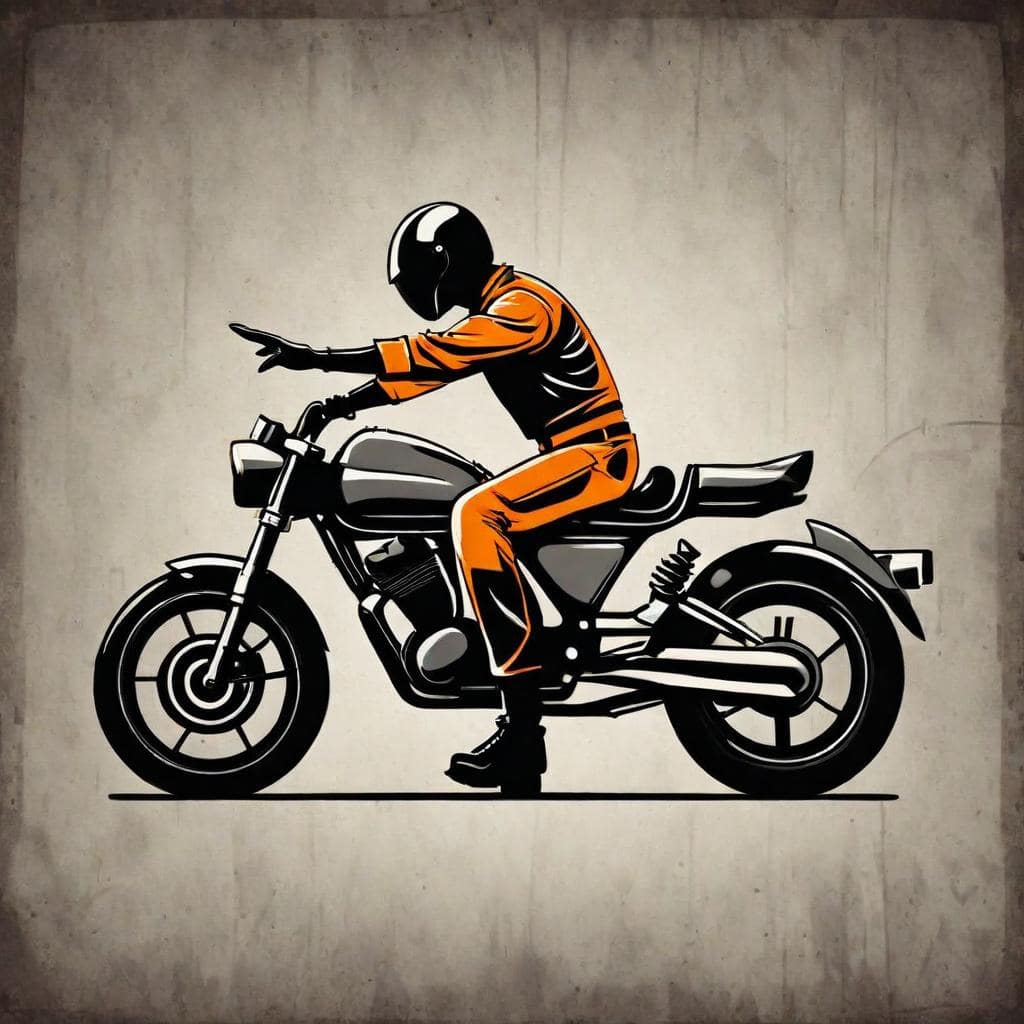
KTM after 1991
1992: In 1992, KTM Sportmotorcycle GmbH—the motorcycles division—was spun off alongside KTM Kühler GmbH for radiators, KTM Fahrrad GmbH for bicycles, and KTM Werkzeugbau GmbH for tooling. That same year, KTM Sportmotorcycle GmbH was owned by KTM Motorradholding GmbH, a subsidiary of Cross Holding, which later took control of the tooling division. Over the next several years, the company focused on increasing production, boosting turnover, and investing in new facilities.
Under the guidance of Stefan Pierer—KTM’s managing director and Cross Industries owner—the brand restructured, changed hands, and even sponsored and participated in sporting events to raise its profile.1994: In 1994, KTM started production of its now-iconic Duke series of road bikes, a major step in its evolution.
1995: By 1995, KTM Motorradholding GmbH had acquired both Husaberg AB of Sweden and the Dutch enterprise, White Power Suspension, aiming to expand its product lineup.
1996: The company made a bold branding move in 1996, when it introduced its signature orange color to all motocross models—a decision that made KTM instantly recognizable.
1997: Finally, in 1997, KTM launched its first liquid-cooled Supermoto and Adventure models, marking the beginning of a new era in performance and design.
Related: best street legal dirt bike
2007: In 2007, Indian motorcycle manufacturer Bajaj Auto purchased a 14.5 percent interest in KTM Power Sports AG, signaling a powerful cross-continental collaboration. That same year, KTM debuted its bold X-Bow sports car, branching out beyond motorcycles.
2012: By 2012, KTM Motorradholding GmbH had restructured and became known as KTM AG, streamlining its operations under a single, modern identity.
2013: In 2013, Bajaj Auto increased its take in KTM to 47.97 percent. That same year, KTM acquired Husqvarna Motorcycles from BMW Motorrad AG and re-integrated the Husaberg brand, which had originally spun off from Husqvarna when it was sold to the Italian company Cagiva in the 1990s.
2015: By the end of 2015, revenues had reached €1 billion, and the company employed 2515 employees, marking a major leap in global scale.
Today, of the four predecessor companies, three divisions—KTM Sportmotorcycle GmbH, KTM Kühler GmbH (now WP Radiators), and KTM Werkzeugbau GmbH—had rejoined the KTM Group, while the fourth, KTM Fahrrad GmbH (KTM Bike Industries), remained an independent enterprise owned by investors from China. The KTM Group now includes the KTM, Husqvarna Motorcycles, and GasGas Motorcycles brands.
2021: In 2021, Bajaj Auto sold a 46.5 percent stake in KTM to Pierer Mobility AG in exchange for 49 percent ownership of Pierer Mobility, reshaping the structure of control within the group.
KTM in 2024:
In late 2024, KTM, the renowned Austrian motorcycle manufacturer, declared bankruptcy due to severe financial challenges. The company was burdened by overwhelming debt estimated at €2 billion, alongside an inventory of nearly 300,000 unsold motorcycles. As someone who’s followed KTM’s journey for years, this moment felt like a shocking shift in what had always seemed like a bulletproof legacy.
The root of this crisis was widely attributed to overproduction that didn’t match market demand, creating a massive surplus of high-end models. This misalignment led to a growing disconnect between KTM and its consumers, many of whom were leaning toward more affordable alternatives. KTM had once thrived on innovation and precision, but here it stumbled, not in engineering, but in reading the pulse of its buyers.
In response to the ongoing financial strain, KTM launched a restructuring process under European regulations to avoid liquidation. This effort came with hard decisions, including the layoff of around 750 employees and a temporary halt in production, with plans to resume operations by the end of March 2025, depending on improved conditions.
Meanwhile, industry giants like Bajaj and CFMoto showed strong interest in acquiring KTM. With Bajaj, a long-standing partner known for producing over 4 million motorcycles annually, reportedly leading the negotiations, KTM’s future now depends on how this high-stakes chapter unfolds.
Related: New York Ebike Laws
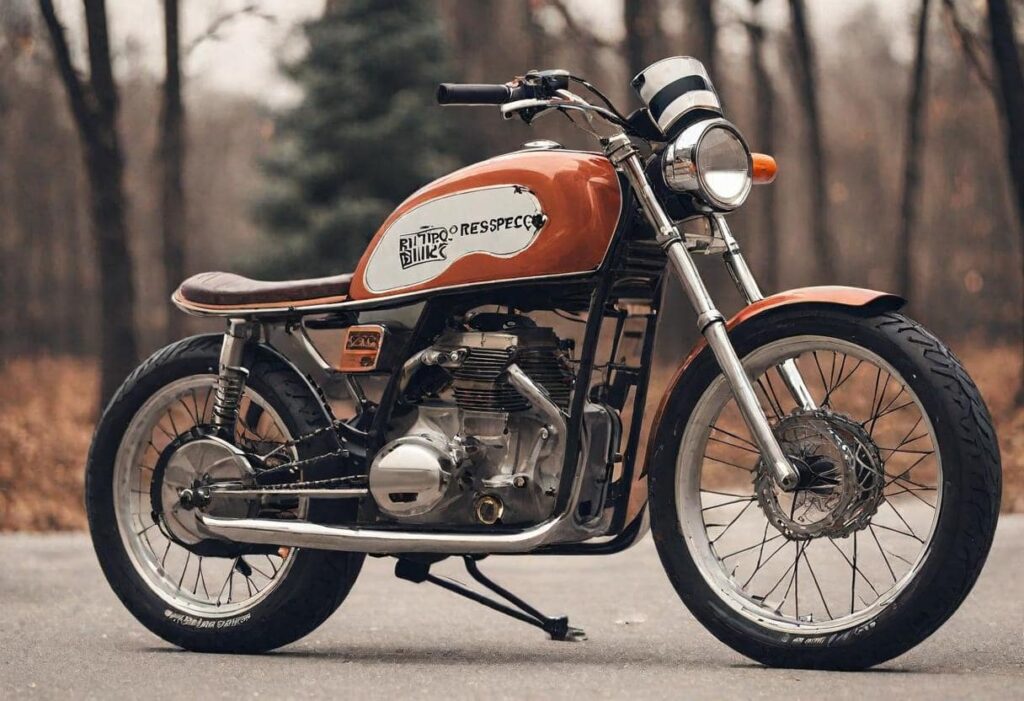
Introduction & History of Racing
KTM has built a long and proud history fueled by a strong tradition of racing excellence. Known across the globe for its relentless pursuit of success, KTM has claimed over 300 victories in both national and international events. With its name attached to multiple world championships in motocross, off-road, and other elite competitions, the brand stands as a true legend in motorsports.
While many of KTM’s achievements are celebrated from 1974 onward, its racing success goes back to the 1950s, starting with a historic win at the Austrian 125cc national championship in 1954. That early momentum only grew stronger—by 1956, KTM made headlines again at the International Six Days Trials, where it earned a gold medal thanks to the skilled performance of Egon Dornauer.
Motorsports: The Austrian motorcycle manufacturer KTM has held a successful presence in motorsports since 1974, when Russian racer Guennady Moisseev claimed the 250cc Motocross World Championship. That moment marked the beginning of KTM’s competitive journey. As someone who’s always admired motorsport history, I believe this win set the tone for KTM’s fearless, high-performance racing DNA that continues to inspire even today.
World Championships: By 2016, KTM had secured over 260 world championship titles across numerous motorsport series, making it one of the most successful brands in modern-day competition. This incredible feat didn’t happen overnight—it was built on years of discipline, relentless development, and a deep understanding of what wins races.
Supercross Racing: In the world of supercross racing, KTM has dominated by winning the MXGP, MX1, and MX2 world titles 96 times since 1974. In the Super Enduro, it took the E1, E2, and E3 world titles 114 times since 1990. With champions like Ryan Dungey, who earned Supercross World Champion titles in 2015, 2016, and 2017, KTM has truly gained a solid and successful presence in the sport.
Cross Country: KTM is also the most successful manufacturer in the legendary Dakar Rally, starting from its first appearance in 1994. Its riders made history by sweeping from second to twelfth positions in 1998 and went on to win the rally 18 consecutive times from 2001 through 2019. Beyond Dakar, KTM continues to compete in major cross-country rallies, including the Atlas Rally and Rallye du Maroc, cementing its dominance in off-road racing.
- 2003 to 2009:
- KTM’s factory team competed in two classes of the Grand Prix motorcycle racing series, bringing home notable successes during this time and proving its growing dominance in the sport.
- In the 125cc class, the year 2005 was a highlight as second and third place were secured by KTM riders Mika Kallio and Gábor Talmácsi, and KTM won the constructor’s championship. The momentum continued with Mika Kallio finishing second again in 2006, and in 2007, Tomoyoshi Koyama took third place, showing KTM’s consistent podium presence.
- In the 250cc class, Mika Kallio also shined in 2008, where he won third place, further solidifying KTM’s reputation in both categories.
2007: With the debut of the Red Bull MotoGP Rookies Cup, KTM became the official bike supplier for the competition, showing its dedication to nurturing young racing talent.
2009: In 2009, KTM announced its decision to withdraw from GP competition, marking a pause in its direct involvement on the circuit.
2012: Just a few years later, KTM returned to Grand Prix motorcycle racing with a newly designed Moto3 class entry and quickly won the Moto3 manufacturers’ title. That season, KTM riders won every race in the Moto3 class, claimed the world title, and earned the manufacturers’ title with ease—a feat repeated with great success in 2014 and 2016, winning both the manufacturer’s championship and world title again.
2020: On August 9, KTM won its first MotoGP premier class race with rookie Brad Binder taking first place. KTM’s use of a steel trellis frame instead of aluminum, along with its own racing suspension system developed by WP rather than Öhlins, highlighted the brand’s independence, confidence, and technical abilities. Its orange, black, and silver color scheme made the models stand out as unique and innovative, even to this date.
2024: Despite recent financial challenges, KTM remains committed to participating in MotoGP, assuring its riders and fans of a steady presence in the competition. Ongoing discussions with potential investors, including Formula 1 champion Lewis Hamilton, have been acknowledged, showing active efforts to secure the company’s future.
Related: South Dakota Ebike Laws
Noteworthy Statistics
KTM has a proud history of success in motorsports, having won over 260 world championship titles by the end of 2016, proving its dominance on both national and global stages.
Between 2012 and 2016, KTM became the largest motorcycle manufacturer in Europe. The company also emerged as a leading off-road motorcycle manufacturer globally, selling 203,423 motor vehicles worldwide in 2016 alone.
Since 1974, KTM has won 96 titles in MXGP, MX1, and MX2 world championships, along with 114 titles in E1, E2, E3, and Super Enduro world competitions since 1990.
By 1980, KTM had 700 employees and had generated a revenue of 750m Schilling (approximately 54.5m euros), with International business making up 76% of the company’s turnover.
In 2003, KTM began competing in off-road motorcycle competitions and has since won 37 cross country rally championships and 15 FIM Cross-Country world titles.
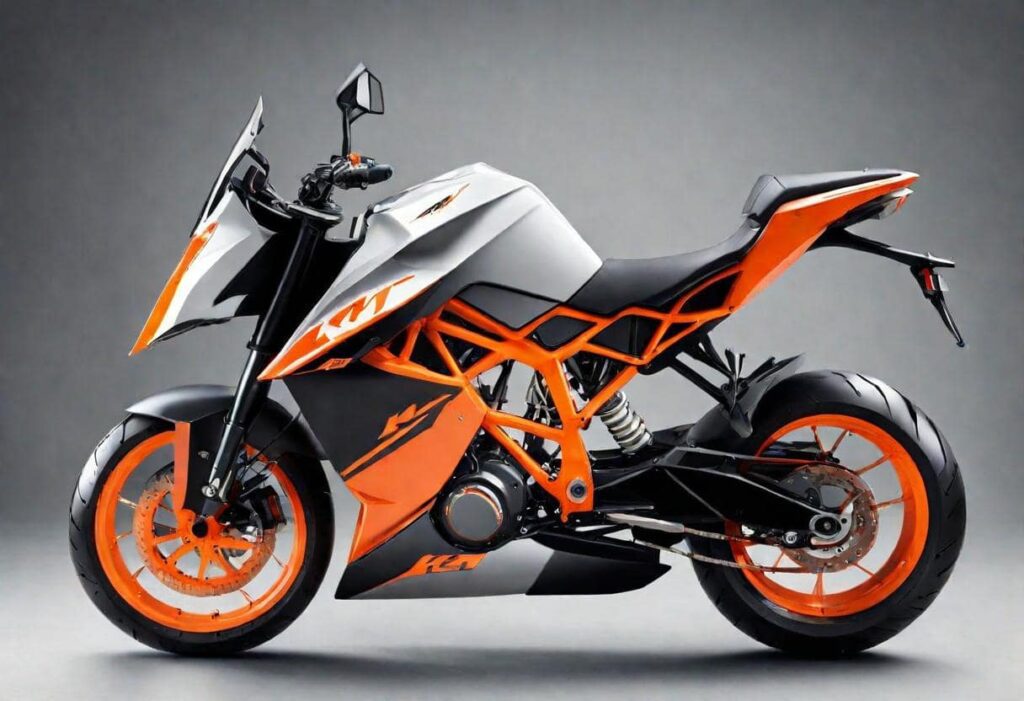
Models by Type
KTM has earned a strong reputation across the world for building high-performance motorcycles known for their durability and unmatched performance. The company offers a wide range of models designed for riders of all skill levels, making them equally popular among beginners and pros. Whether you’re one of those off-road enthusiasts craving dirt trails or a city commuter searching for a fun weekend ride, KTM has something built just for you. Its three distinct lines of motorcycles reflect this versatility and deep understanding of what real riders want.
Related: Missouri Ebike Laws
Motocross
The KTM Motocross line is specially designed for the off-road enthusiast who craves a bike that can take on all kinds of terrain. Whether it’s hard-packed dirt, deep mud, or loose sand, these bikes are built to adapt. The engine is crafted to be lightweight, giving the rider better control without sacrificing power or speed, especially on rough terrain.
KTM’s motocross lineup comprises a range of high-performance models, including the SX series (50, 65, 85, 105, 125, and 150) and the SX-F series (250, 350, and 450).
Enduro
When it comes to tackling rugged wilderness and long journeys, KTM has mastered the art with its Enduro lineup. These motorcycles are optimized for rider comfort, featuring wide seats and suspension that easily absorbs tough bumps along the way. Whether you’re navigating forest trails or rocky slopes, these Enduro bikes are built to go the distance. Thanks to their powerful engines, they can handle extended distances without overheating or breaking down, which is crucial when you’re far from home.
KTM Enduro models are available in both standard and street-legal versions, offering something for every rider. The line comprises a mix of four-stroke and two-stroke options. The four-stroke range includes 250, 350, 450, and 500cc models under the EXC-F and XCF-W series, while the two-stroke lineup includes 150, 250, and 300cc bikes from the EXC and XC-W range.
Cross Country
KTM’s Cross Country models are expertly designed for riders who love long trips over difficult terrain and need bikes that can handle everything they encounter without compromise. These bikes are built with sturdier suspensions compared to other KTM models, allowing them to take more abuse without sacrificing performance or comfort. The line includes a solid range: 150 XC, 250 XC, 300 XC, 250 XC TPI, 300 XC TPI, 250 XC-F, 350 XC-F, and 450 XC-F—each one ready for high-speed challenges and endurance riding alike.
Related: 19 Best dirt bike trails Texas
FAQs
What does KTM motorcycles stand for?
KTM is more than just a motorcycle brand—it’s a legacy. The Austrian company was originally known as Kraftfahrzeug Trunkenpolz Mattighofen, but the name wasn’t officially registered at first. That changed in 1953, when the company registered its new identity as Kronreif & Trunkenpolz Mattighofen, the full meaning behind the KTM abbreviation it uses today. This shift happened after businessman Ernst Kronreif became a majority shareholder in the company, helping transform it into the respected manufacturer it is now.
Is KTM owned by Kawasaki?
No, KTM is not owned by Kawasaki, and there is no affiliation between the two. They are completely separate companies, operating in different countries, with distinct ownerships and management teams.
KTM, the Austrian manufacturer known for its motorcycles, off-road vehicles, and bicycles, is jointly owned by Pierer Mobility AG and Bajaj Auto International Holdings BV. In contrast, Kawasaki, of Japanese origin, is owned by Kawasaki Heavy Industries Ltd, a large conglomerate manufacturing everything from motorcycles to construction equipment, and even aerospace components like engines for commercial airliners and military jets.
Where are KTM motorcycles made?
KTM manufactures its motorcycles at its headquarters in Mattighofen, located in Upper Austria, where most of the brand’s core engineering takes place. Additionally, it produces certain motorbikes in India through a long-standing partnership with Bajaj, and other models are built in China with support from CFMoto. Meanwhile, all engines for KTM’s models are manufactured in Munderfing, Austria, where over 200 people work daily at a dedicated facility to assemble high-performance engines that power nearly every KTM bike on the road or trail.
What was the first KTM motorcycle?
The very first KTM motorcycle was the R100, officially produced in 1953, though the prototype had already been developed back in 1951 by KTM founder Johann (Hans) Trunkenpolz. What makes this story special is that KTM built nearly all the components for the bike in-house, except the Rotax engines, which were made by Fichtel & Sachs.

